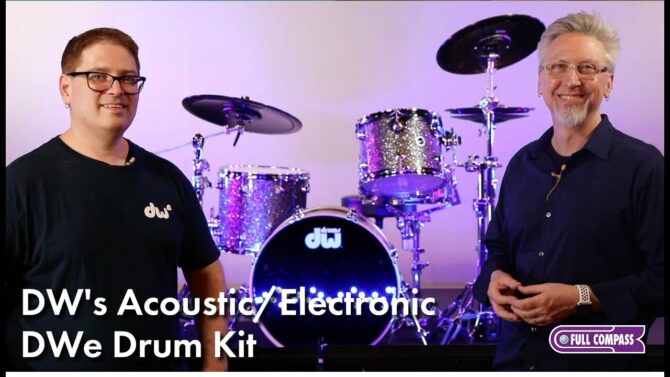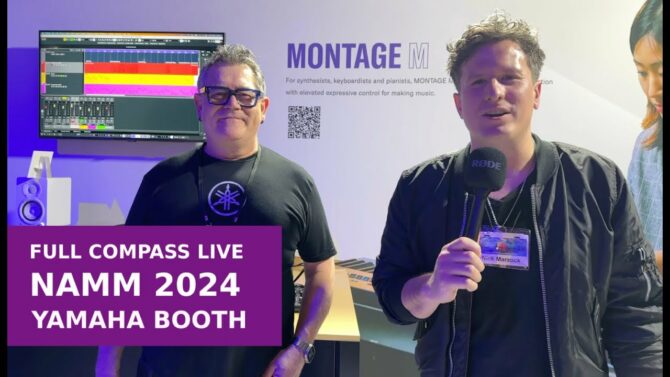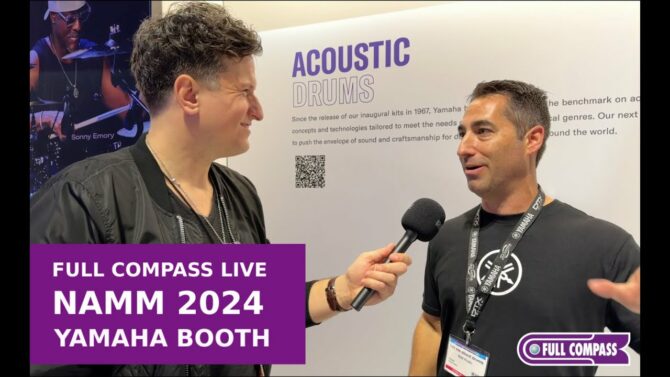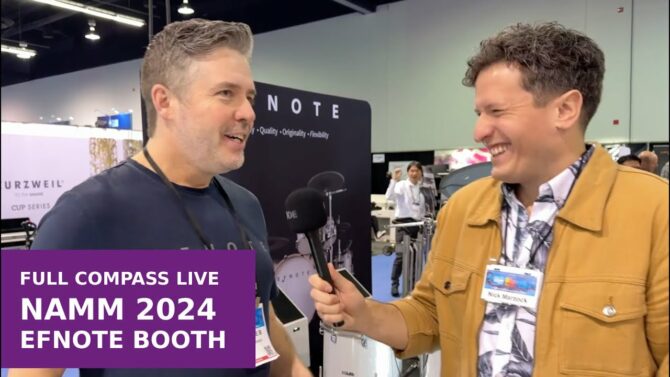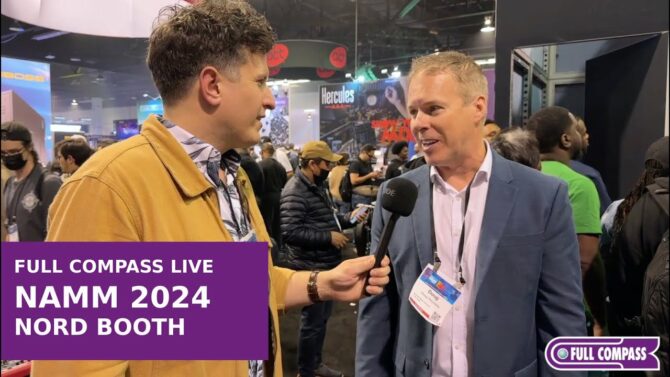Keyswitching is a great way to change articulations when playing keyboards—if you have an 88-note keyboard! But if you don’t, there’s a simple, fast, inexpensive solution to add keyswitching to any keyboard controller Definition:
Definition:
1. A MIDI device (keyboard, guitar with appropriate interface, etc.) that alters parameters in a synthesizer or other MIDI sound generator. 2. A device (e.g., modulation wheel, pitch bender, ribbon controller, etc.) that varies some specific parameter in a synthesizer or other MIDI sound generator..
Keyswitching and Looping
Many of today’s sampling-based virtual instruments (like IK Multimedia’s SampleTank) use a technique called keyswitching to choose different articulations, particularly for acoustic instruments. Keyswitching designates keys, typically in the lowest keyboard octave Definition:
Definition:
A musical interval based on frequency. Halving or doubling a note's frequency brings it down or up by an interval of an octave, respectively. In Western music, an octave represents 12 semitones., not to generate notes but to change the articulation of notes played above the keyswitches. For example, if a sustained trumpet preset Definition:
Definition:
1. (verb) Ability to set parameters in advance, and recall those parameter values as desired. 2. (noun) A collection of parameter values stored within a device, or externally. doesn’t have keyswitching and you want a staccato section, you’d normally need to overdub it. But with keyswitching, you can hit a “staccato” keyswitch, and subsequent notes will have a staccato characteristic until you choose a different articulation (Fig. 1).

Other programs have “construction kits” that spread loops across a keyboard, or assign a loop’s individual slices to different keyboard keys. But the problem with any of these approaches is that if you have a 49- or 61-note keyboard, you may not be able to access the keyswitch keys and the notes you want to play at the same time, or access all the loops in a construction kit. Fortunately, there’s a simpler, space-saving, and less expensive solution than trading in your keyboard for an 88-note model.
In addition to a 49-key Komplete Kontrol keyboard by Native Instruments, I’ve added Korg’s nanoKEY2 (Fig. 2) USB Definition:
Definition:
(Universal Serial Bus) A standard, bi-directional serial connection between computers and peripheral devices. controller specifically to trigger Definition:
Definition:
A signal that starts an event. keyswitches and loops.

Because all I really need is switches, the touch sensitivity and feel don’t matter, and of course, I certainly don’t need aftertouch Definition:
Definition:
A modulation signal added by exerting pressure on a keyboard key after it has already been pressed down.. Your software will recognize whatever data Definition:
Definition:
Information used by a computer in order to arrive at a decision. Although this is a plural term, it's often treated in the singular. is coming into a USB port, so by dedicating the nanoKEY2 to a programs’s keyswitch range, I can play the notes on the Komplete Kontrol keyboard, and choose articulations with the nanoKEY2.
Setup is easy. Your host software will have a window or other means of telling it to recognize specific MIDI controllers (Fig. 3).

Just make sure your keyboards are recognized and enabled, and you’re good to go. However, note that if you try to use two controllers with 5-pin DIN Definition:
Definition:
DIN (Deutsches Institut für Normung): A German national organization for standardization. MIDI Definition:
Definition:
(Musical Instrument Digital Interface) A hardware/software standard for communication of musical data digitally among electronic instruments, effects, and computers. However it is also used for to control lighting, pyrotechnics, theatrical displays, and mechanical devices. For example, the fountains at the Bellagio in Las Vegas is controlled by MIDI. Also called MIDI 1.0. out connectors instead of USB, you’ll need a MIDI merger Definition:
Definition:
A hardware device with two or more MIDI inputs that merges the digital data streams to one or more digital outputs. See: MIDI. like the one in Fig. 4 from MIDI Solutions, or a MIDI interface Definition:
Definition:
A device that adds I/O capability to another device. Common would be a MIDI, audio or video interface for a computer. that can merge MIDI inputs, so that both outputs are available simultaneously to a virtual instrument Definition:
Definition:
A software-based simulation of a musical instrument, controllable by a computer interface or physical controller. in your host software.

Korg’s nanoKEY2 isn’t the only option; for example, there’s Akai’s LPK25 which unlike the Korg, has organ-style keys instead of buttons. Another option is a mobile MIDI controller Definition:
Definition:
Keyboards, drum pads, wind controllers, guitar controllers, and other physical devices that allow human control over synths and samplers. See: MIDI. with pads, like the Akai LPD8 (Fig. 5).

The main advantage to a pad Definition:
Definition:
1. (Passive Attenuation Device) A device that reduces (attenuates) the output of one device so it does not overload the next device in line. Typically either built-in to a condenser microphone after the capsule, a preamp, a mixer channel, or as a stand-alone, in-line accessory. 2. In music, a sustained, usually lush chord that provides a background sound to lead and harmony parts. controller is that it can do double-duty as a pad controller when it’s not extending your main keyboard’s range. Other potential advantages are that most pad controllers have a companion computer application for programming the pads to transmit the notes of your choice, which means you can arrange keyswitch functions in the way that’s most logical to you; and pads can be a bigger target than keys, which may make selecting keyswitches easier.
Mobile Functionality
Although we’ve emphasized using mini-keyboards in conjunction with full-size keyboards, sometimes people don’t recognize how useful these can be for a variety of applications. If you travel with a laptop, a mobile keyboard or pad controller will likely fit in your laptop bag, which will make playing much easier than clicking on a virtual keyboard with a mouse. With suitable interfacing, you’ll even be able to play apps on your smartphone or tablet.
The final application we’ll cover is splits. If your keyboard controller or virtual software doesn’t do splits, then a mobile keyboard can provide the notes for one of the splits. Insert two instances of your virtual software, and assign each instance to a different MIDI channel Definition:
Definition:
1. In radio, television, citizen's band radio, and other wireless communications modes, a specific frequency for communication. 2. In mixers and video, an input or output signal path with controls. 3. In MIDI, one of 16 data paths.. Now you can do tricks like play a bass part with your left hand on the mobile keyboard, while playing a different part on the main keyboard with your right hand.









